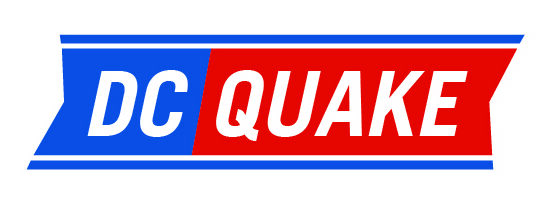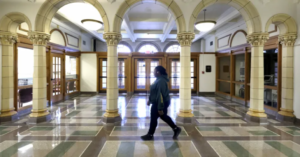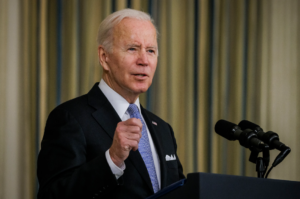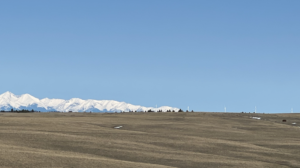No link between school district administration costs, teacher pay
2 min read
Arizona teachers plan to walk out of their classrooms April 26 to protest low salaries and nearly $1 billion cut from K-12 funding in the wake of the Great Recession that hasn’t yet been replaced.
But as state policy makers weigh their options in response to the “Red for Ed” movement that is organizing the teacher protests, some conservatives and their allies have pointed to bloated administration costs as a reason teachers in Arizona have among the worst pay in the nation.
A “messaging guide” by the State Policy Network, a network of conservative think tanks, that aims to discredit the nationwide movement to increase teacher pay urges conservatives and anti-union activists to turn the conversation to how “red tape and bureaucracy” and “administrative bloat” suppresses teacher pay.
And Gov. Doug Ducey, who last week announced a proposal to increase teacher pay by 20 percent by 2021, used his first State of the State speech in 2015 to blame school districts for spending “far too much on administrative costs” instead of directly on instruction.
But an AZCIR analysis of school district spending data compiled by the Arizona Auditor General’s Office shows no correlation between how much a school district spends on administration and how it pays its teachers.
The Auditor General’s Office in March released its annual report on school district spending in 2017, but for the first time also released raw data along with the report.
It found that, statewide, Arizona school districts in 2017 spent 10.4 percent of operating funds on administration, including superintendents, principals, business managers and other clerical staff. Most districts spent between 10 and 16 percent; the national average is 11.2 percent. A few Arizona districts spent around 30 percent, though all of those that spent more than 22 percent of their total budget on administrative costs are what the state calls “very small” districts, each with fewer than 200 students.
The audit determined that instruction spending across all Arizona districts was 53.8 cents of every dollar. Instructional spending includes salaries for teachers, textbooks and general supplies, like paper and pencils. The national average for 2015, the most recent year data is available from the National Center for Education Statistics, is 60.7.
Most Arizona school districts reported an average teacher salary of $42,300 to $50,000. The median pay is $42,474 for Arizona elementary teachers and $46,070 for high school teachers, when adjusted for costs of living, according to a 2017 Morrison Institute for Public Policy report. A 20-percent pay raise would bump those medians to $50,969 and $55,284, respectively.
Nationally, median elementary school teacher pay is $55,800 and median high school teacher pay is $58,030, adjusted for costs of living.
In addition to providing raw numbers, the auditors divided school districts into peer groups to better compare districts’ efficiency and effectiveness. Even comparing to peer districts, administrative costs do not correlate with average teacher salaries.
This post No link between school district administration costs, teacher pay was originally published by AZCIR







